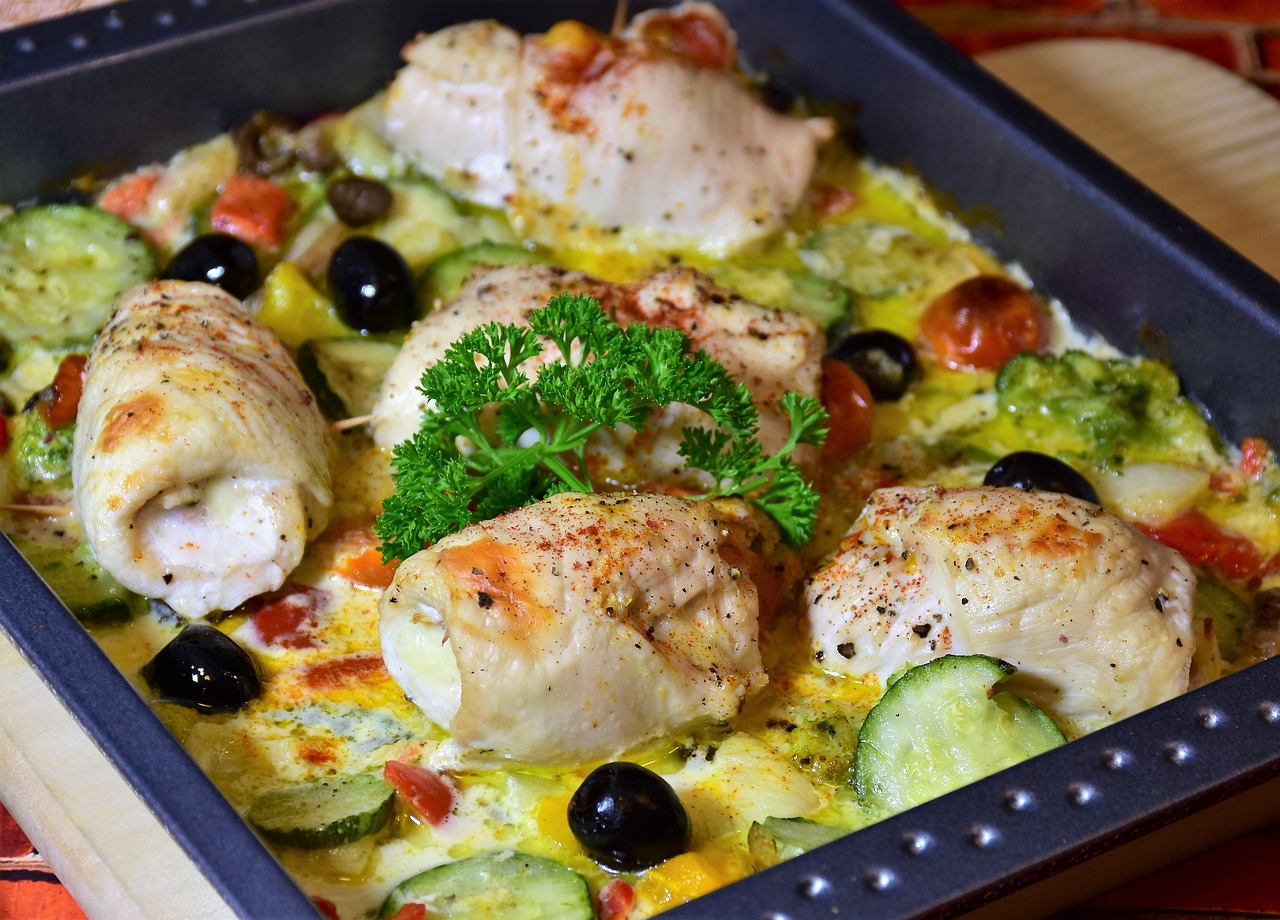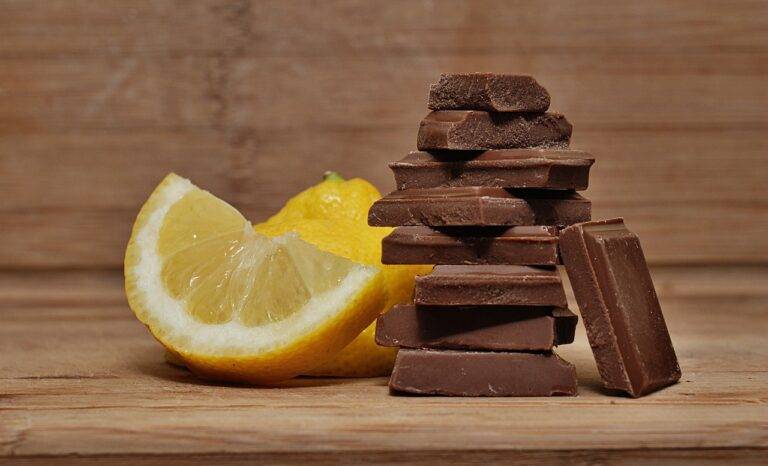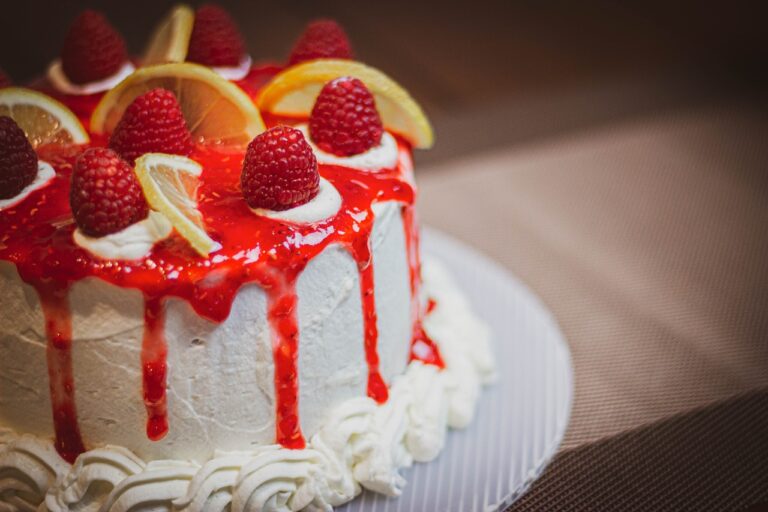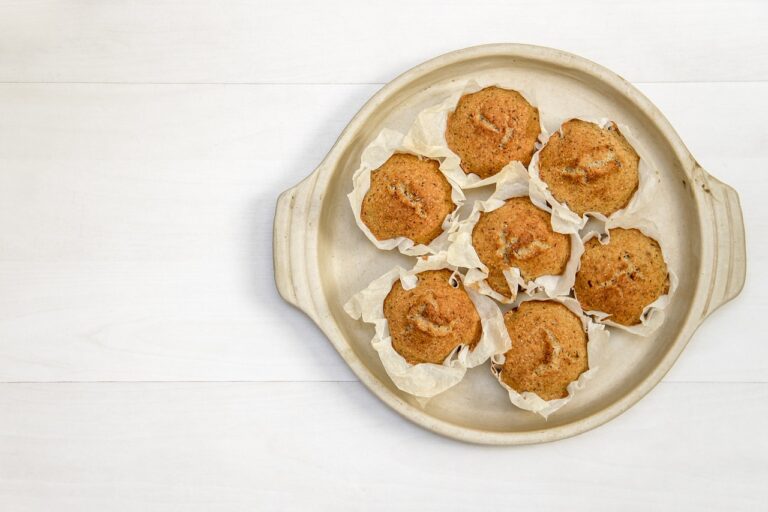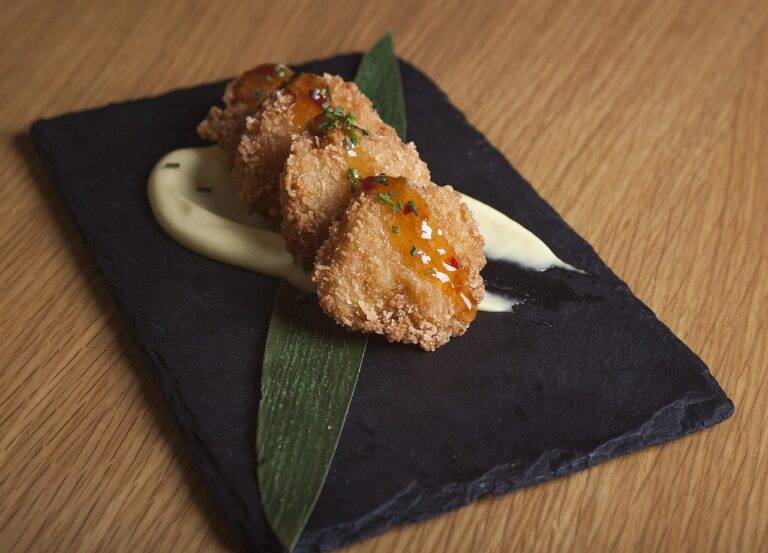The Art of Food Styling for Television and Film
When it comes to food styling for television and film, presentation is key. The first element to consider is the selection of the food items themselves. It’s essential to choose foods that not only look appetizing but also hold up well under hot studio lights. Freshness and quality are paramount to ensure the food looks its best on camera.
Another crucial element is the way the food is plated and arranged. Paying attention to the composition and placement of each dish can make a significant difference in how visually appealing it appears on screen. Understanding how different textures and colors work together can help create a harmonious and enticing visual experience for the audience. Experimenting with various props and garnishes can also elevate the overall look of the food and add depth to the presentation.
Understanding the Importance of Color in Food Styling
Color plays a crucial role in food styling for television and film, as it not only enhances the visual appeal of the dish but also conveys specific messages and emotions to the audience. When selecting colors for food styling, it is important to consider the overall mood and theme of the production. Warm colors like reds, oranges, and yellows can evoke feelings of comfort and warmth, while cool colors like blues and greens can create a sense of calmness and freshness.
In addition to setting the mood, color can also be used to create contrast and visual interest in food styling. Using complementary colors or contrasting colors in the dish and background can make the food pop and stand out on camera. It is essential to understand color theory and how different colors interact with each other to create visually appealing compositions in food styling for television and film.
Why is color important in food styling?
Color plays a crucial role in food styling as it can evoke certain emotions, create visual appeal, and enhance the overall presentation of the dish.
How does color affect the perception of food in television and film?
Color can impact how appetizing and visually appealing a dish appears on screen. Bright, vibrant colors can make food look fresh and appetizing, while dull or unappealing colors can have the opposite effect.
What are some key elements to consider when styling food for television and film?
Some key elements to consider include the color palette of the dish, the composition and arrangement of the food, the lighting, and the overall presentation of the dish.
How can I enhance the colors of food in food styling?
To enhance the colors of food in food styling, you can use natural lighting or artificial lighting techniques, adjust the white balance of your camera, and use props or backdrops that complement the colors of the dish.
Are there any color combinations to avoid in food styling?
While there are no strict rules, it is generally best to avoid color combinations that clash or create an unappetizing appearance. It is important to consider the color wheel and how different colors can complement or contrast with each other.

